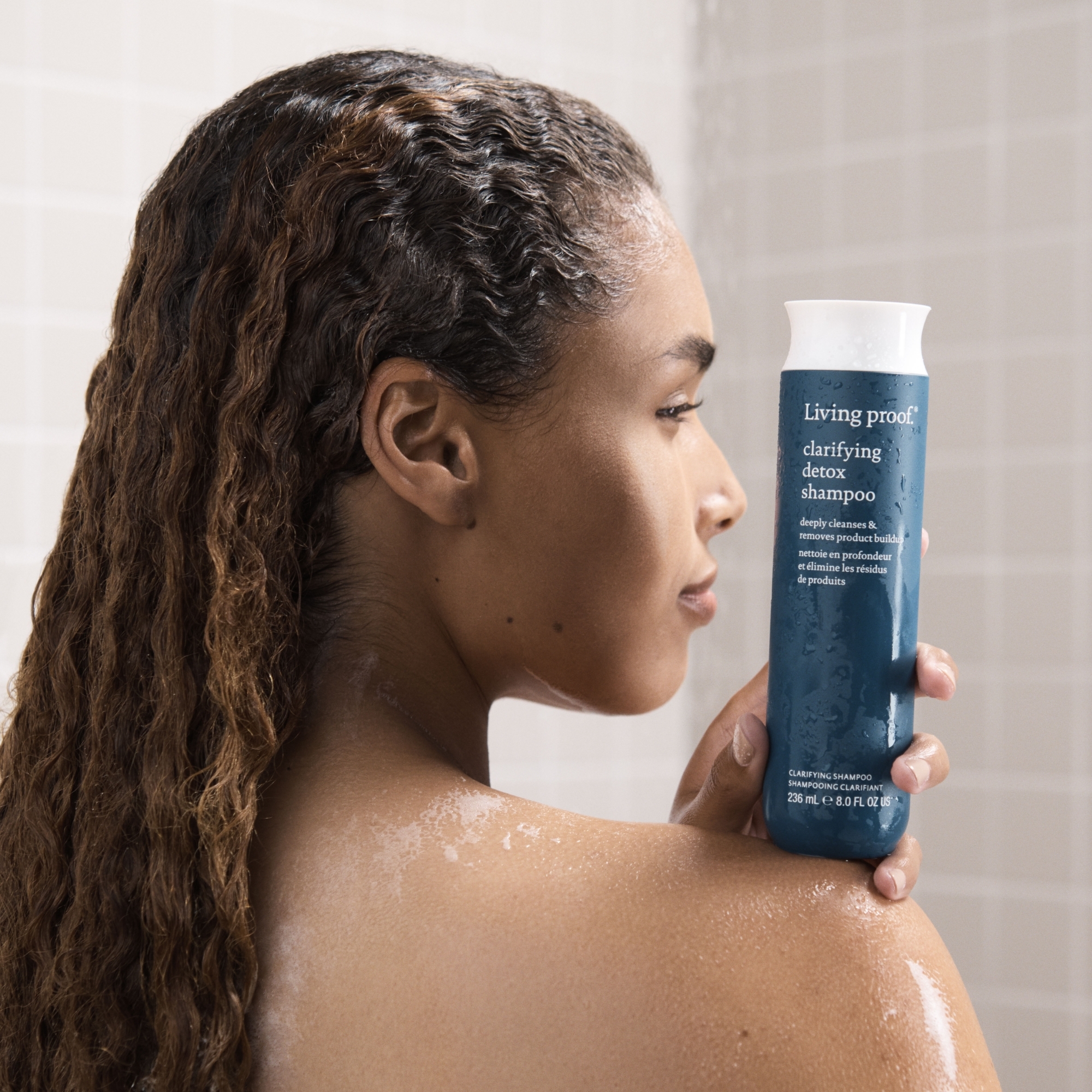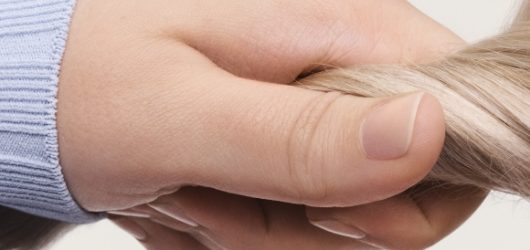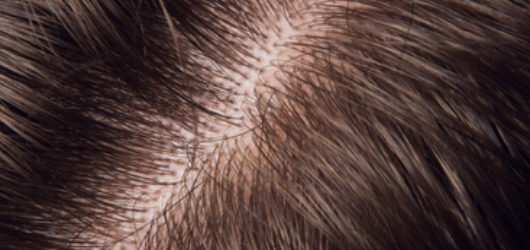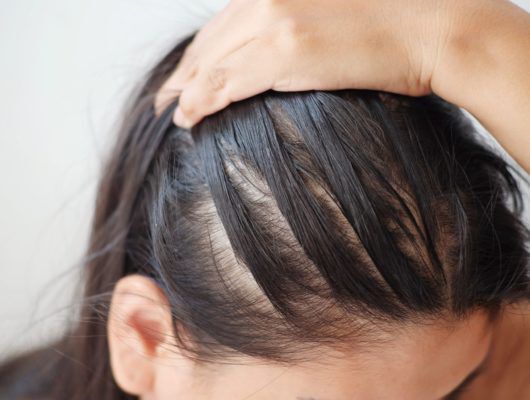
10 Common Causes of Oily Hair
Having oily hair can lead to far more time spent washing, drying, and styling hair, which can be frustrating for a packed morning schedule damaging to your hair follicles. If you’ve ever wondered, “Why is my hair so oily?” and desperately long for hair that can go more than a day without becoming greasy, we may be able to answer your question and help you maintain healthy hair.
At the root of regularly greasy hair is a myriad of causes that are actually quite common. You’re not alone if you wash your hair too much or too little or are using the wrong products for your hair type, but it’s essential to pinpoint the problem of excess oil before you can solve your oily root situation. Once you do that, you can create the right wash routine and find the perfect hair products online for you to help reduce oil production. Read on for a list of the common causes of oily hair and experience a well-balanced head of thick hair in no time.
How You Wash & Condition
Would you believe us if we said almost all of your good or bad hair days begin in the shower? It’s true—how you wash and condition thick or thin hair plays a huge role in not only how it looks that day, but also how it will look until your next wash day.
If you’re thinking about how to get rid of greasy hair, it’s important to know what’s causing it in the first place. Here are a few things you could be doing wrong in the shower that result in oily, greasy hair. The good news? Switching up your care routine is fairly simple once you’ve identified the misstep.
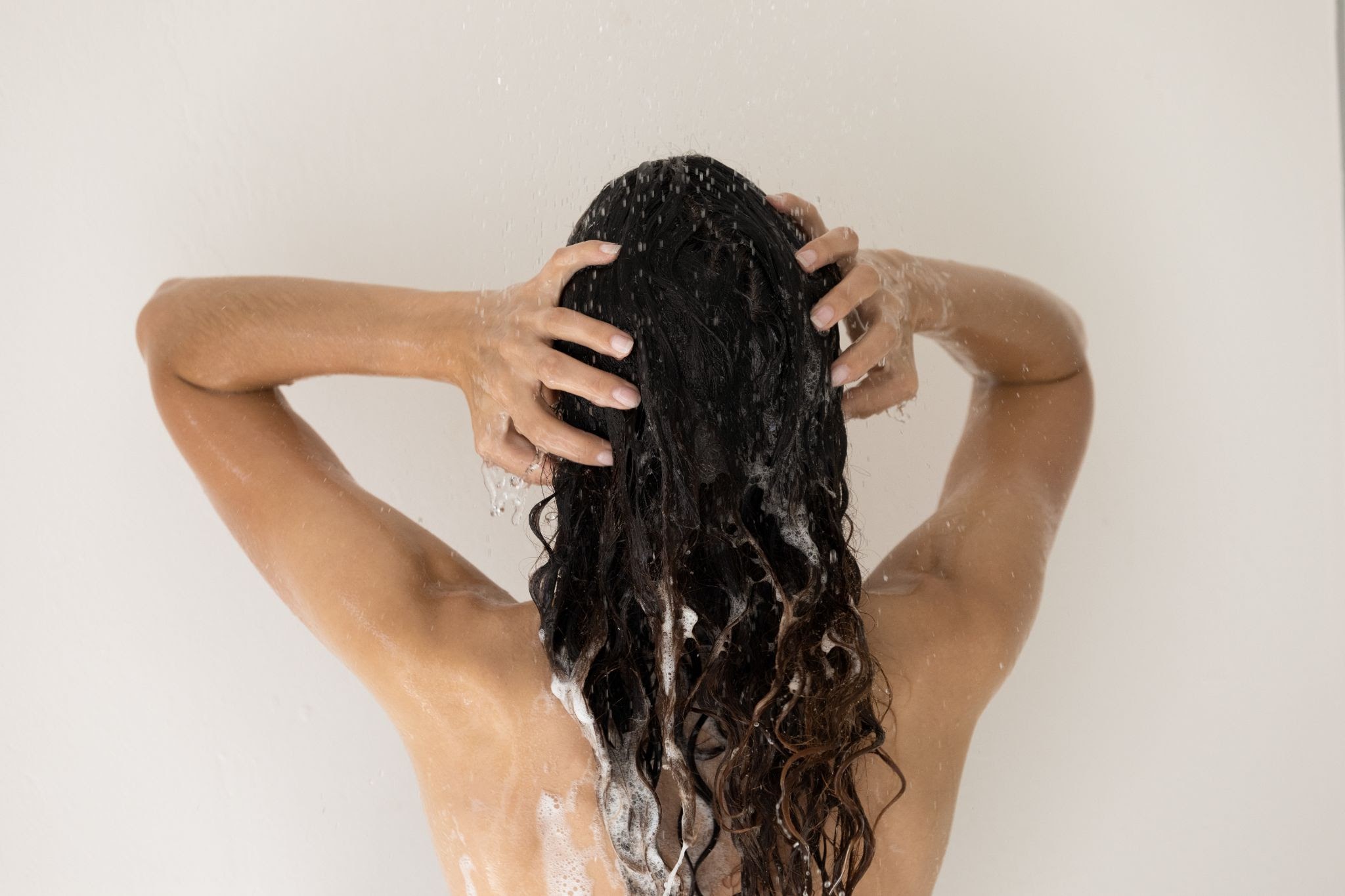
#1 Overwashing
If you wash your hair every day or every other day and still experience greasy roots, overwashing may be to blame. Shampooing is necessary to rid your hair of its natural oil, dirt, grime, and product, but too much of a good thing is true with shampoo.
When you wash your hair, you also strip it of some of its natural oil (which is why you should always focus the suds at the roots, not the ends, of your hair). If you wash your hair too often, you can trigger an overproduction of those natural oils, creating excess sebum production, and bang—you’ve got greasy hair the next day, or even just hours after rinsing.
While it may be difficult at first to put up with greasy roots, the only way to solve this problem of why your hair gets greasy so fast is to go longer in-between washes. Reach for the dry shampoo to cleanse hair between washes and embrace a messy bun or french braid hairstyle, or finish off your second-day style with some hair volume spray to create a more lived-in look.
#2 Underwashing
While overwashing your hair can cause it to overproduce in the oil department, under washing can also cause oily hair. Most of us are familiar with this culprit—go a few days or a week without washing, and we gradually notice grease start to form on our healthy scalp. Dirt, sweat, pollution, and product begin to build upon the hair, signaling that it’s time for a good cleanse.
The key is to strike the right balance between overwashing and under washing. Only you can know what is right for your hair. To figure it out, you may need to experiment. If you regularly experience oily hair, divert from your usual washing routine by increasing or decreasing how frequently you wash by one day for at least two weeks. If you notice an improvement, you might try increasing or decreasing how frequently you wash by another day. Soon, you’ll learn how many days between washes are optimal for you.
#3 Using the Wrong Shampoo
If you’ve experimented with your wash cycle and aren’t seeing any improvement, it’s time to take a closer look at the shampoo product you’re using and explore the different types of shampoo you can try. It could be too rich a formula for your fine hair or contain ingredients like silicones and parabens that can leave behind a greasy residue.
There are plenty of silicone-free and paraben-free shampoos available that are formulated for a variety of hair types. You can also look into a clarifying shampoo that’s sulfate-free or find the best shampoo for oily hair. Make sure you read the description carefully to find the right clarifying shampoo for your hair. For instance, our Full Shampoo is formulated for fine, flat hair, while our Perfect Hair Day Shampoo is optimal for most hair types.
You could also be washing your hair the wrong way. Yeah, you’d think after a lifetime of shampooing your locks, you’d be an expert at it, but that’s not always the case. You know when you visit the salon, and your hair feels squeaky clean for days? Your stylist probably spent a lot of time lathering your hair and massaging your scalp at the shampoo bowl. Take a cue from the pros and give your greasy scalp a good, gentle rub down all over when you wash. You may even consider double shampooing to help clear away any excess oil or product residue. This helps promote not only a healthy scalp but healthy hair as well. Then, be sure to thoroughly rinse out all the products. This helps promote not only a healthy scalp but healthy hair as well. Then, be sure to thoroughly rinse out all the products.
#4 Using Too Much Conditioner
We get it, nothing makes it easier to run a hairbrush through freshly showered hair than a big dollop of conditioner, but if you’re going through a bottle quickly or putting it all over your hair and scalp, you’re doing it wrong and could be causing your hair to become oily. When you lather on the conditioner, stick to using it from the mid-lengths to the ends of your hair where the most tangles and damage occur.
Truthfully, the roots of your hair need less conditioner than the ends because the oils your scalp produces supply natural conditioning. So, take it easy on the conditioner, and you’ll notice less oil and buildup, and keep those locks feeling fresh for longer.
How You Style
You’re not out of the woods yet. While you can do everything in your power in the shower to prevent an oily scalp, there could be oil-inducing habits lurking in your styling routine as well. Ensure you aren’t checking any of the below boxes, and you’ll experience less grease more often.
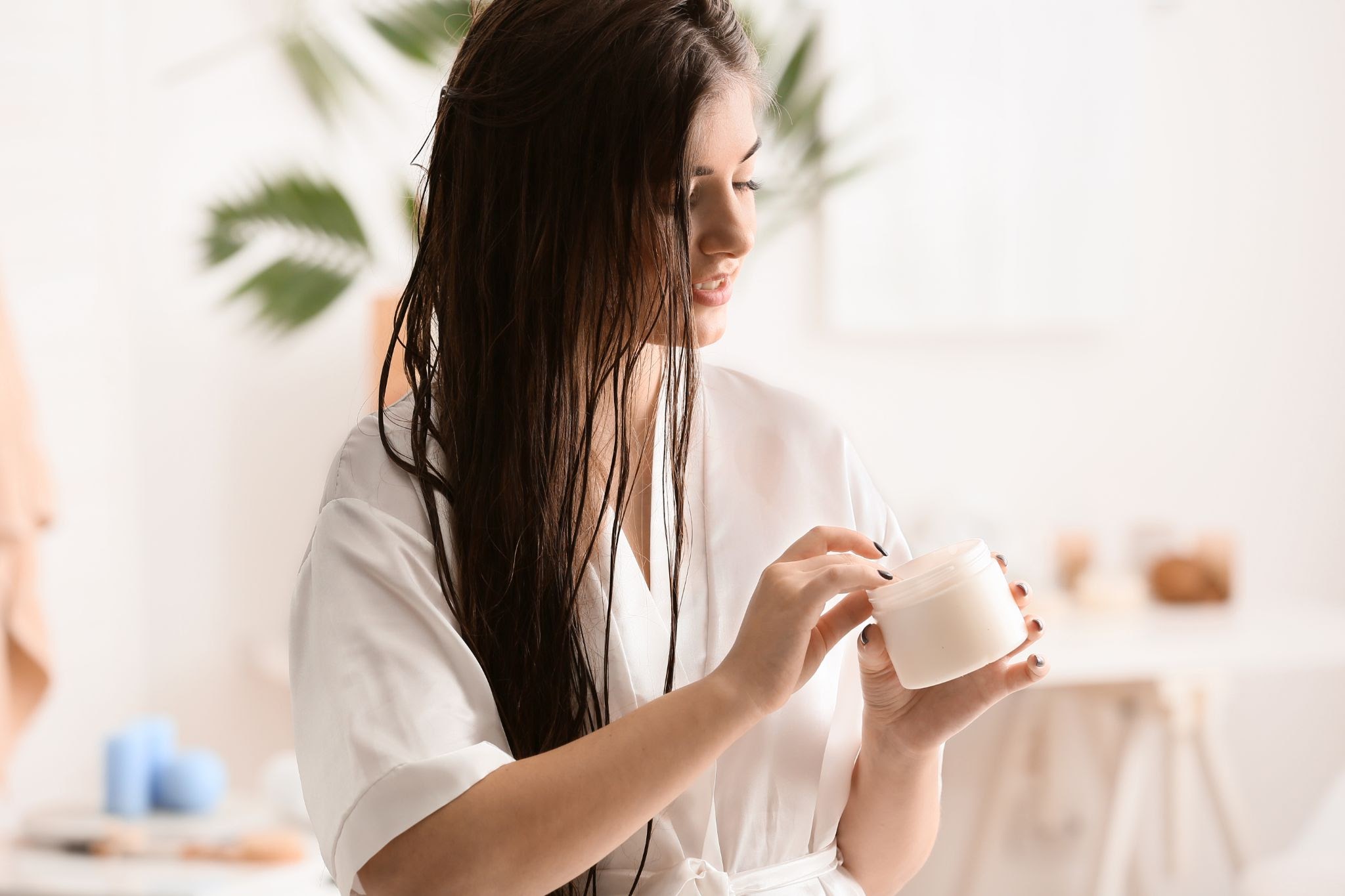
#5 Overusing Product
Similar to using too much conditioner, using too much styling hair product can weigh down your hair and cause excess oil and build-up, contributing to oily roots. It will benefit you to use any hair products, especially oil-based or conditioning formulas, with a light hand, applying the minimum amount necessary to start and then gradually increasing the amount as needed. Hair oils and leave-in conditioners should also only be focused on the mid-lengths to ends of your hair where you need them. Whether you have straight hair or curly hair, avoiding the hair root will help you avoid a greasy scalp.
#6 Using The Wrong Products
While using a minimal amount of product will help, even a small amount of the wrong product can lead to grease. What’s the wrong product? Anything too heavy for your hair type (or too light, so you’re using too much of it). Our hair styling products are chock full of effective stylers for all hair types, whether that be thick and curly hair or flat and fine hair. When you use products that are formulated especially for hair like yours, you’ll experience better results, oil not included.
Anything with ingredients that contribute to oil production is also a no-no. Shampoo isn’t the only hair product that often contains pesky ingredients such as parabens and silicones. Styling products boast these bad boys too, so it’s important to read the ingredient labels of the products in your beauty cabinet and give those that contain parabens or silicones the old heave-ho.
#7 Product Buildup
Whether you overuse a product or use just enough, styling products build up over time and can cause greasy hair. If you are using a styling products or a hair oil with heavy ingredients like silicone and glue-like resins, your everyday shampoo may not be able to remove them when you wash, but a powerful detox shampoo can.
If you have never used a detox shampoo before, the odds are high that you are experiencing greasy hair due to product buildup. Reach for our Clarifying Detox Shampoo, which gently removes a week’s worth of product buildup while leaving locks shiny and soft. Continue to use this formula once a week or as needed, and you’ll be back to grease-free hair in no time.
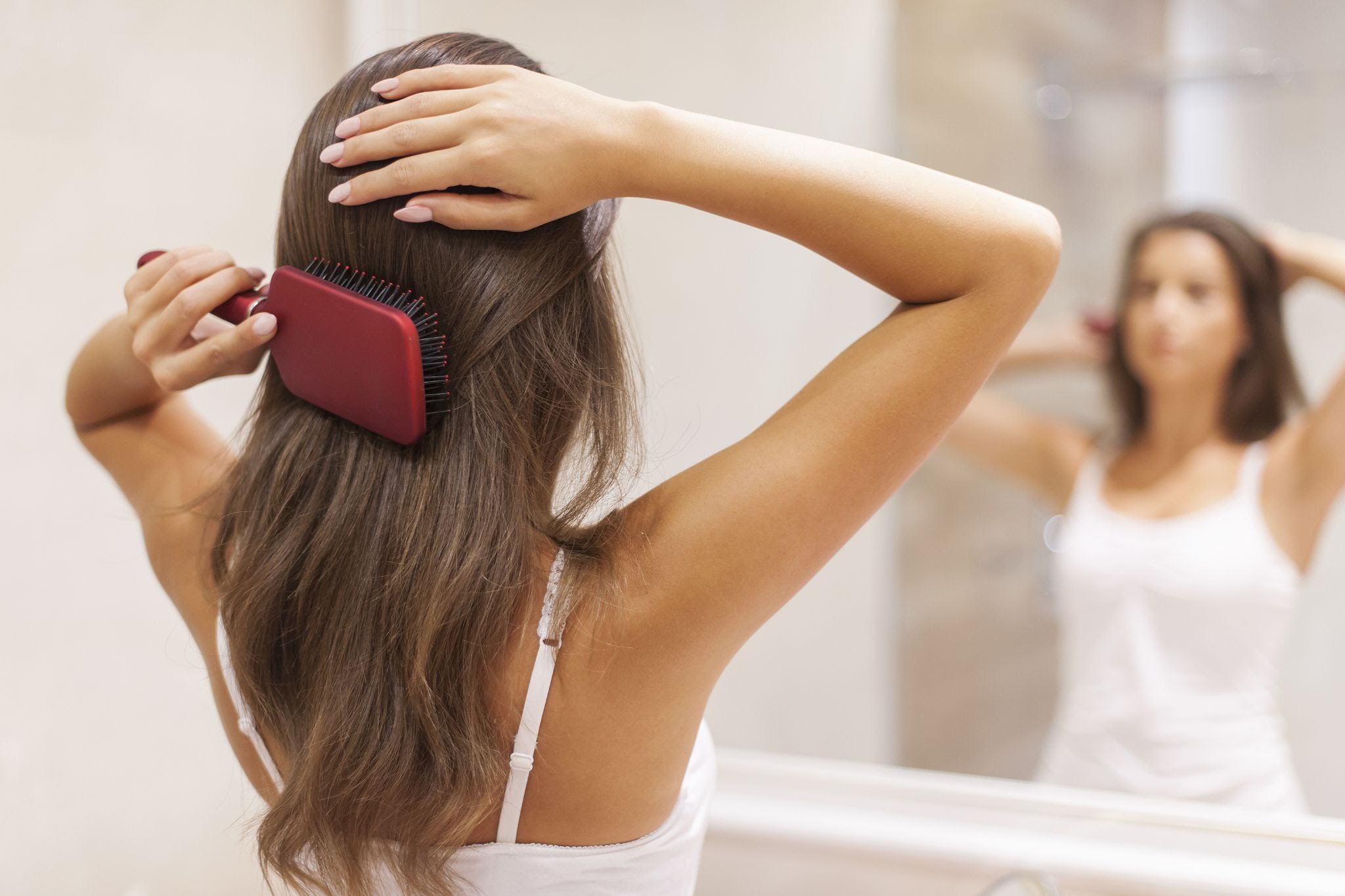
#8 Using a Dirty Hairbrush
Hairbrushes need to be cleaned regularly. And if you’ve never done more than pull out the hair from your brush, you’re not alone. In addition to ridding your brushes of any hair you’ve shed, it’s also necessary to give them a good wipe down with a wet cloth. When you brush your hair, dirt, bacteria, and products transfer from the surface of your strands to your hairbrush. The next day, when you go to brush your dry hair again, you transfer back some of that dirty grime. Your hair will stay clean (read: not greasy) longer if your brush is clean when you use it. Groundbreaking, we know.
#9 Touching Your Hair
Of all the common causes of oily hair on this list, this is perhaps the most difficult one to confront. After all, touching one’s hair is usually a subconscious habit. When we touch our hair, though, we transfer the dirt and oils from our skin to its strands, which can cause it to become oily more quickly. Avoid managing your hair too much with your hands (or reaching for it while you work) by tying it back or pinning it in place.
#10 Dirty Linens
Even if you use all the right products, maintain a practical hair washing routine, and clean your hairbrush regularly, your hair can still collect grease from another source––dirty linens. When you’re turning in for a restful night’s sleep, your hair may come into contact with residual makeup, sweat, skincare residue, or hair grease that has collected on your pillowcase from previous nights.
To help prevent oily hair, try washing your pillowcase once a week to keep it and your hair fresh and clean. You may also consider buying a silk pillowcase to help reduce hair friction and frizz overnight. Regardless of the type of pillowcase you have, washing it regularly can help you prevent your hair from getting greasy while you’re snoozing.
Once you begin to incorporate some of these tactics into your hair routine, you’ll know how to get rid of greasy hair in the future.


